Dusty Ayres
Commodore
Does anybody remember these sets from the 50's? Well, somebody's brought them back, and they are just like new:

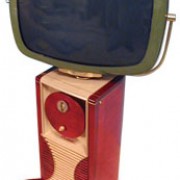
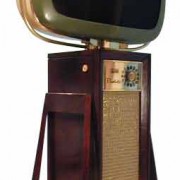
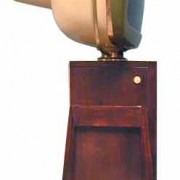
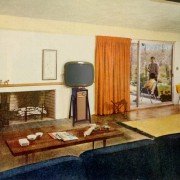
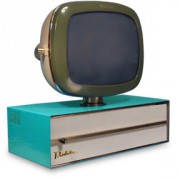
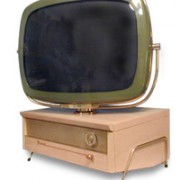
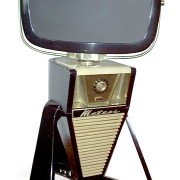
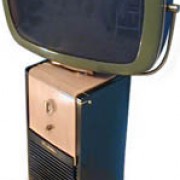
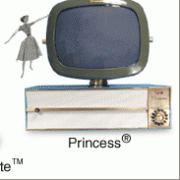

Personally, I like today's TV sets a lot better, and think they work well way beyond just watching TV (I'm typing this response while watching it now in its computer mode) but for those who prefer something 'warmer' as far as technology goes, I guess this would float your boat. Here's the site with all of the info and the rest of the sets: The Official Predicta Web Site











Personally, I like today's TV sets a lot better, and think they work well way beyond just watching TV (I'm typing this response while watching it now in its computer mode) but for those who prefer something 'warmer' as far as technology goes, I guess this would float your boat. Here's the site with all of the info and the rest of the sets: The Official Predicta Web Site

